All Science
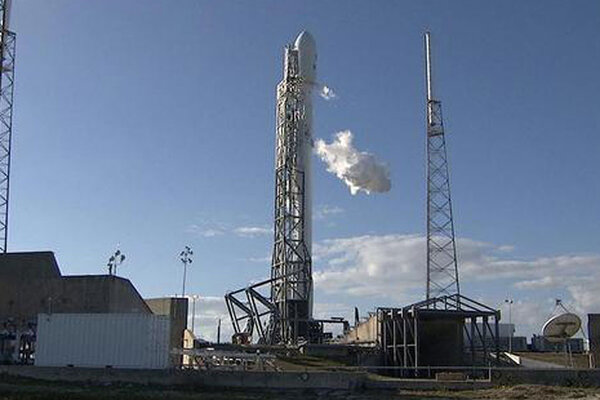 How to watch Tuesday's SpaceX launch
How to watch Tuesday's SpaceX launchOriginally scheduled for Sunday, the launch from Cape Canaveral will carry the solar-wind monitoring Deep Space Climate Observatory.
- Will global warming bring more tornadoes?
A new climate model suggests that, while the yearly total of tornadoes will climb by 2080, the number of twisters will vary widely from year to year.
- NASA releases amazing video of moon's far side
Using data from the Lunar Reconnaissance Orbiter, NASA’s Scientific Visualization Studio has produced a simulation of the side of the moon that we never get to see from Earth.
 SpaceX launch delayed by Air Force radar glitch, weather
SpaceX launch delayed by Air Force radar glitch, weatherThe launch of a solar-wind-monitoring satellite aboard a SpaceX Falcon 9 rocket was scrubbed Sunday after a last-minute malfunction with an Air Force radar. The launch is now scheduled for Tuesday.
- How to get a Dutch chimp to speak with a Scottish accent
After zookeepers at Scotland's Edinburgh Zoo introduced chimpanzees raised in Netherlands to those raised in Scotland, the Dutch chimps began grunting in a new accent.
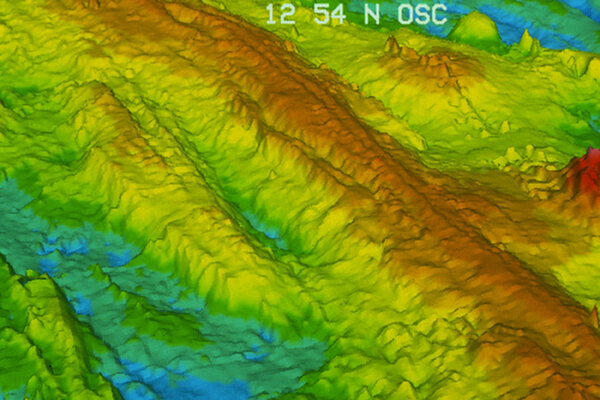 Do underwater volcanoes alter Earth's climate?
Do underwater volcanoes alter Earth's climate?Underwater eruptions release enough carbon dioxide to warm the planet, new research finds.
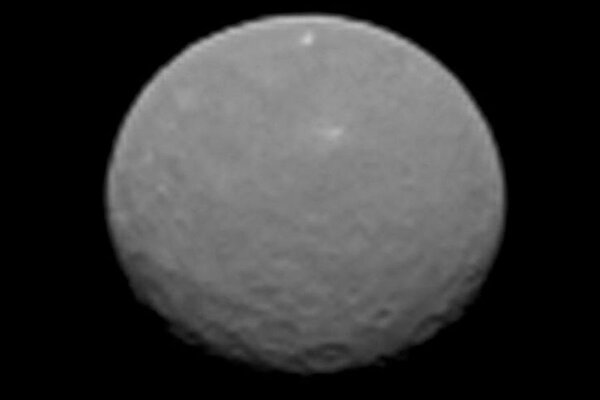 NASA probe snaps amazing image of Ceres
NASA probe snaps amazing image of CeresNASA's Dawn space probe has taken the sharpest-yet image of Ceres, a dwarf planet in our solar system's asteroid belt.
 Hubble snaps three moons casting shadows on Jupiter
Hubble snaps three moons casting shadows on JupiterNASA's Hubble Space Telescope glimpsed the moons of Io, Callisto, and Europa passing between the sun and Jupiter.
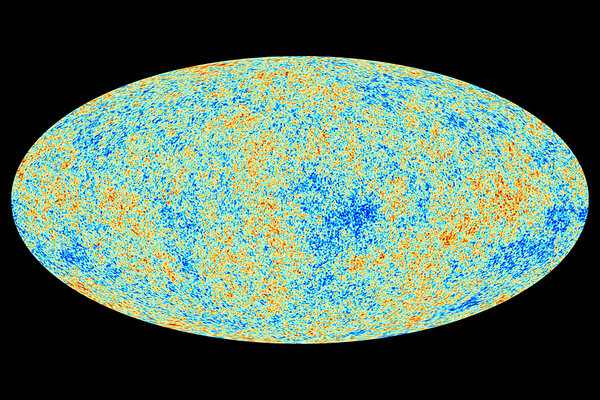 First stars are 150 million years younger than thought, Planck telescope finds
First stars are 150 million years younger than thought, Planck telescope findsThe cosmos's first stars appear to have formed 150 million years later than previous measurements indicated, according a new analysis of data from the European Space Agency's Planck observatory.
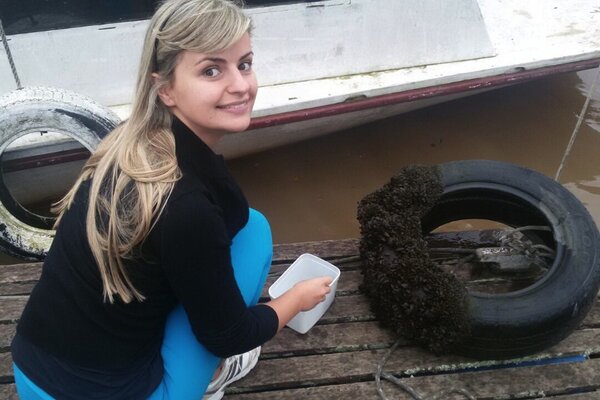 Why scientists are fighting to keep golden mussels out of Amazon waters
Why scientists are fighting to keep golden mussels out of Amazon watersThe invasive mollusk species has colonized in various river basins throughout South America, and scientists are fearful the golden mussel will soon reach the Amazon.
 Could fossilized teeth solve a monkey mystery?
Could fossilized teeth solve a monkey mystery?The discovery of prehistoric molars in Peru could fill a major gap in our understanding of primate evolution.
 Scientists tinker with plant receptors, produce drought-resistant crops
Scientists tinker with plant receptors, produce drought-resistant cropsBy tweaking a plant's ability to regulate water, scientists could make plants that survive longer in dry conditions.
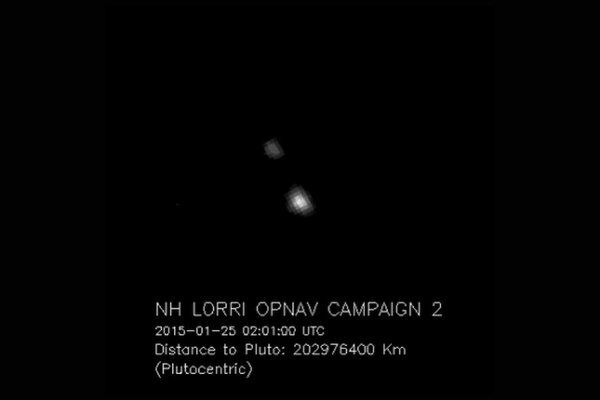 New Horizons captures its first Pluto pics in transit to dwarf planet
New Horizons captures its first Pluto pics in transit to dwarf planetNASA released the photos Wednesday in honor of the birthday of astronomer Clyde Tombaugh, who discovered the dwarf planet in 1930.
 Humongous prehistoric rodent had foot-long tusks
Humongous prehistoric rodent had foot-long tusksThe largest ever rodent used its huge incisors like elephant tusks, digging for food and defending itself from predators, scientists say.
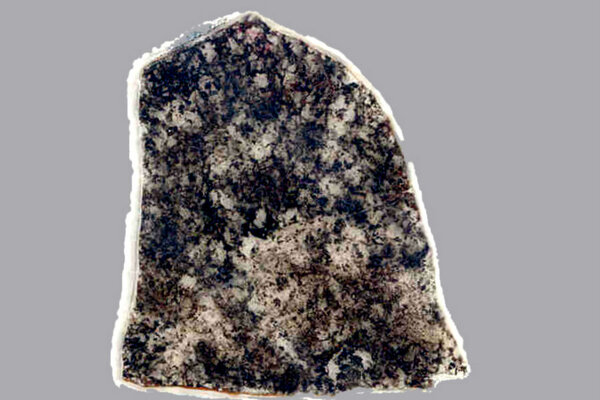 How a microbe's non-evolution could confirm Darwin's theory
How a microbe's non-evolution could confirm Darwin's theoryResearchers have discovered a microbe that appears to have remained unchanged for billions of years. Scientists say the discovery could confirm the theory of evolution.
- Mealworms for dinner? Scientists create tofu from bugs
A team of graduate students created C-fu, a tofu-like food made from mealworm protein. Why should we give this some serious thought?
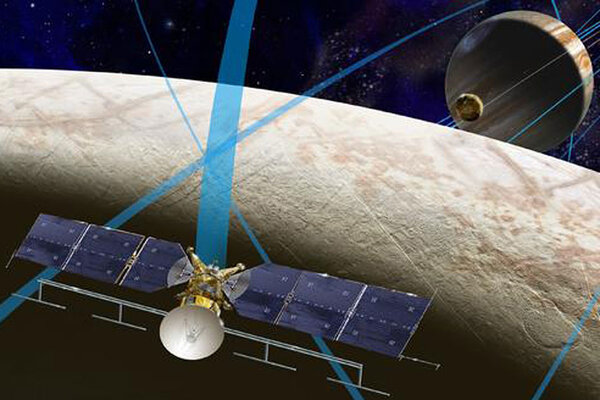 In new budget, NASA sets sights on Europa
In new budget, NASA sets sights on EuropaNASA's budget has no funding for the Opportunity Mars rover and Lunar Reconnaissance Orbiter, missions that long have outlived their expiration date, while adding funds for an unmanned visit to Jupiter's icy moon, Europa.
- Obama wants $18.5 billion for NASA. What would that buy?
The White House budget allocates $18.5 billion for NASA for next year, a $500 million dollar increase over last year. Where would the money go?
- Can private companies replace space shuttle? Congress warms to the idea.
President Obama has proposed that the US government invest $1.24 billion in NASA's collaboration with Boeing and Space Exploration Technologies in 2016. But it will be up to Congress to approve the expenditure.
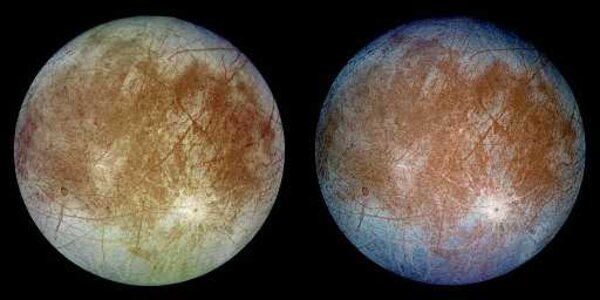 Why is NASA so interested in Europa?
Why is NASA so interested in Europa?Europa, the icy moon orbiting Jupiter, offers tantalizing hints of life beyond our own planet – and NASA just got the go-ahead to take its long-awaited closer look.

















